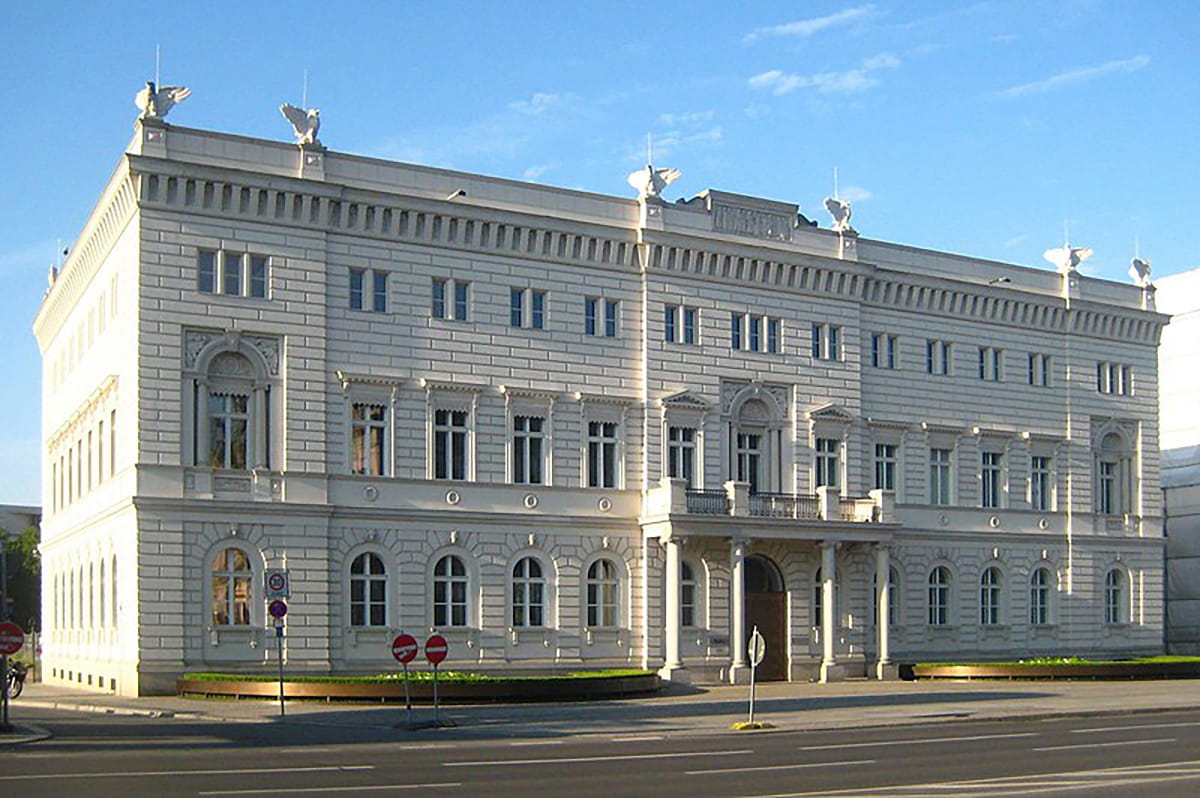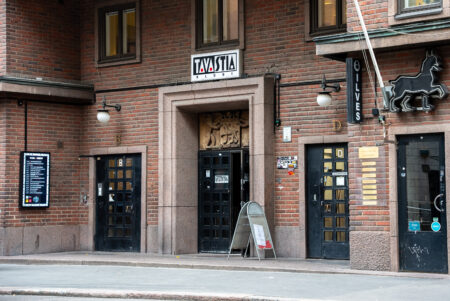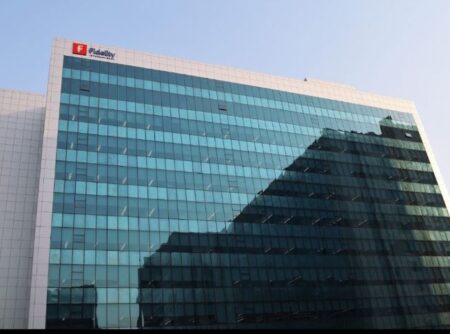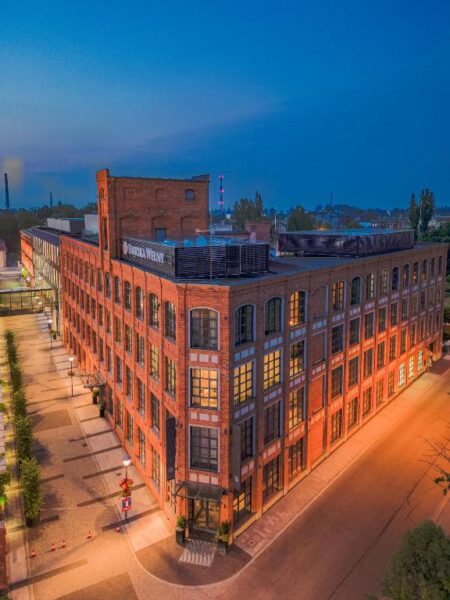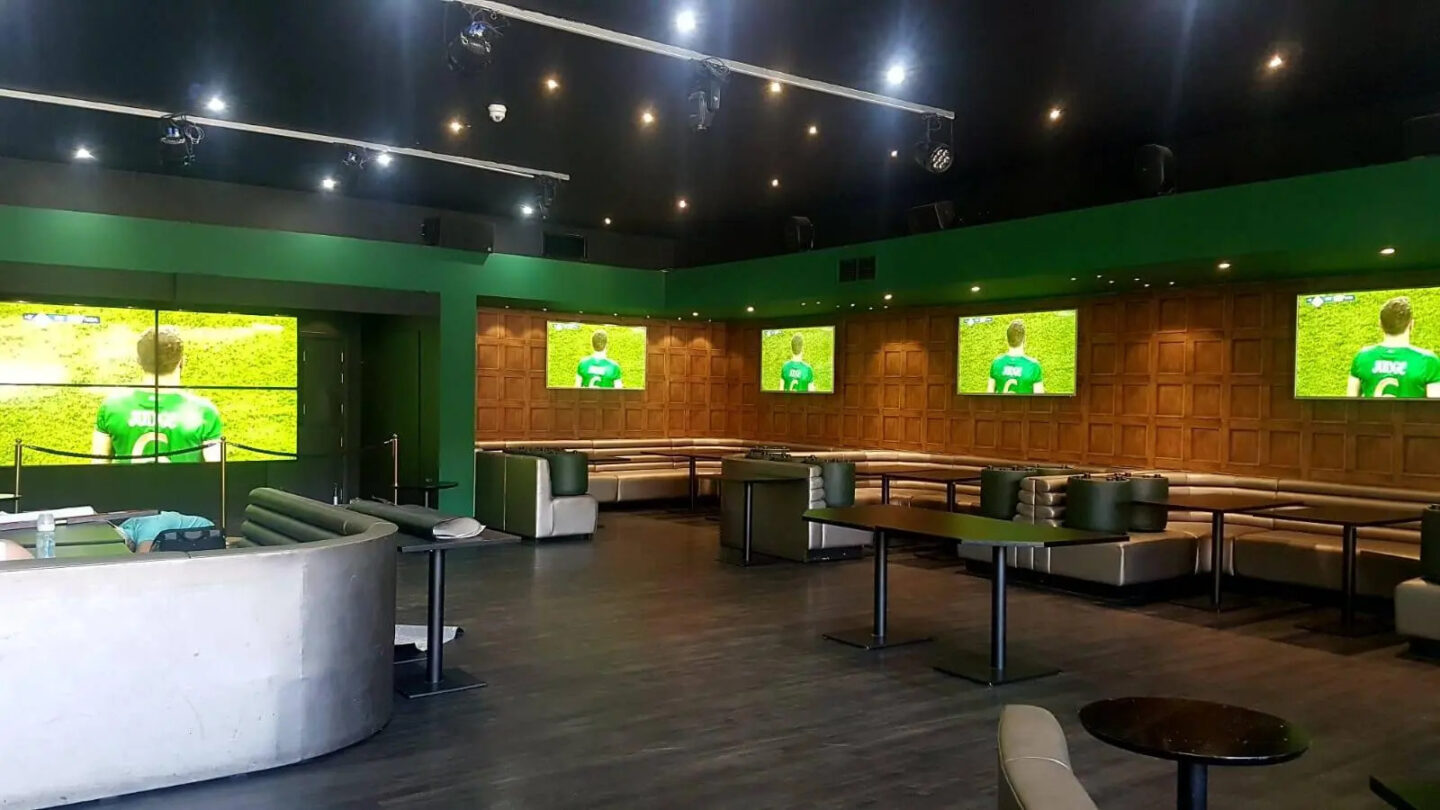What has made this project special is that Video South has been given the opportunity to work with both the Strategic Health Authority and the hospital trusts to develop a videoconference infrastructure to satisfy the requirements of the Lancashire and South Cumbria Cancer Network. The two physical factors of importance are geography and network availability.
The hospitals in the area are spread over a region characterised by long drive times and occasional harsh conditions in winter. Towards N3 Over the past two years, a team at The Strategic Health Authority, led by Gus Hartley, has defined an all-area network, which could be described as ‘N3 ready’. N3 is the proposed nationwide network with 100Mb/s between all key NHS sites that will allow any level of data exchange and ‘private’ telephony without call charges and using IP technology. This will be the functional backbone of EPR, booking systems, bed management, event response, and many other features of a modern NHS, enabled by national IT strategy. This is a key goal of government.
Gus Hartley has presided over one of the regional projects, which herald this Utopia and is able to provide these services. Once Video South had understood this, we were able to design a system of interconnected MDT seminar rooms fully utilising the IP circuits that could be employed. Distinct advantage There are some distinct advantages to the Trusts involved and their users. The most obvious is that for ‘videoconferenced’ MDT meetings between sites on this network, there are no call charges. Secondly, it has been feasible and cost-effective to install a multipoint control unit (MCU), or bridge on this network. This allows conferences between up to eight sites or two conferences of three to five sites simultaneously. On such a network it is then possible to provide a ‘gateway’ that facilitates dialling to the outside world via ISDN from a single point on the network. It is important to be clear that IP videoconferencing can be used on an IT network structure over which the client has control, but that for national or international calls ISDN is required for the foreseeable future. The seminar rooms made available in each hospital must provide facilities for users other than the cancer network MDT groups. So it was felt essential to allow the investments to provide videoconferencing in a more general sense.
Joan Jackson, the cancer network director had to be convinced that the new technology would satisfy their communication requirements, but the project team also had to think about the Trusts’ wider base of users. This type of private network has allowed the group to implement Tandberg Management Suite (TMS) as a tool to schedule and automate regular meetings. This software is provided on a server on the network and it communicates directly with all the integrated codecs. It has many time-saving and valuable functions. From a technical viewpoint, a network manager can log on to a codec and look at the set-up menus, directories, and any call activity. Direct dial directories can be centrally updated and automatically loaded to each room. Menu settings can be corrected and full diagnostics carried out online. Regular Tandberg software upgrades giving new and improved functions can be uploaded automatically to all codecs.
Automatic setup from the user’s viewpoint, meetings can be scheduled by defining a meeting date, time, and the sites to be involved. TMS will then automatically set up the calls required. It will even decide whether to use the MCU or whether a meeting includes a more distant site on ISDN. When users attend the meeting in disparate seminar rooms the multi-point links are already running! And because Video South’s highly developed touch panel control is fully integrated with the codec control, the touch panel will jump to the correct page to easily select any image source to display. TMS will act as a booking tool, like an on-site AV technician, and a tool for the maintenance of directories and software. Put with this Video South’s advanced touch panel control and any user can set up and operate a multi-site conference.
As Video South has been granted access to the network across all hospitals, we are also able to assist users live online from Bath and we can even make bespoke alterations and updates to a touch panel from our offices. Our ability to manage the project at the local site level and to help achieve successful implementation has been a key concern for Caroline Waddington, the service improvement facilitator. Post-implementation Video South will remain in a key role for both system maintenance and support to users. The six seminar rooms are all equipped with our full MDT specification. They have dual JVC DLA projectors, our ceiling-mounted glass panel microphone, our wall-mounted x-ray film viewer with eight lightboxes, a high-resolution visualizer, VHS tape playback and connection point for clients’ microscope, patient data PC, PACS terminal and any laptop brought in to the room. Video South has designed the layout for each room to position equipment and connection points so that arrangements suit both local meetings and those using videoconferencing. As all of these are also general-use seminar rooms, they also must suit other hospital users. Many of these have enjoyed an extra ‘local’ function of the touch panel control, which allows dual projection from any two of the imaging sources selected to the projectors.
Thus a pathologist can use one for the microscope output and one for the computer record or a presentation. Switching and distribution for these functions are carried out by a Kramer VP-66 6×6 RGBHV and balanced stereo audio matrix switcher, VS-606xl 6×6 composite video and balanced stereo audio matrix switcher, and a VM-5YCxl 1:5 composite video YC and stereo audio distribution amplifier, all of which are integrated into the secure housing for local presentation. The network now includes hi-tech videoconferenced lecture theatres at Furness General and Lancaster Royal Infirmary. These are used on the same network by the department of education and will also be used for regular links with the university in Liverpool.
